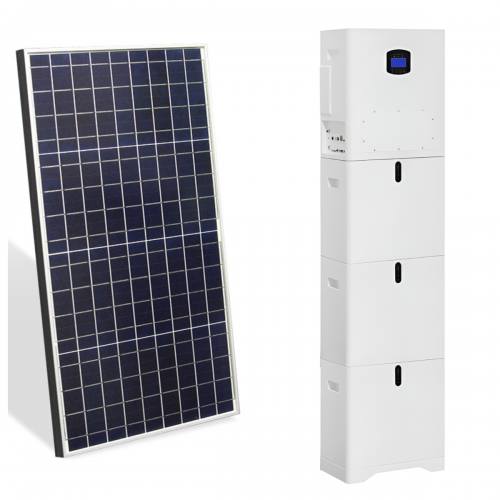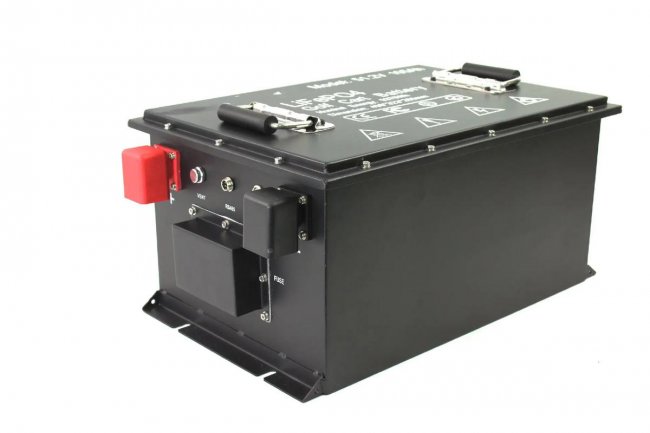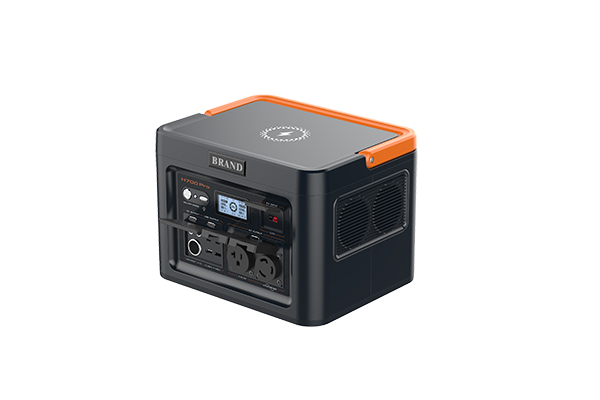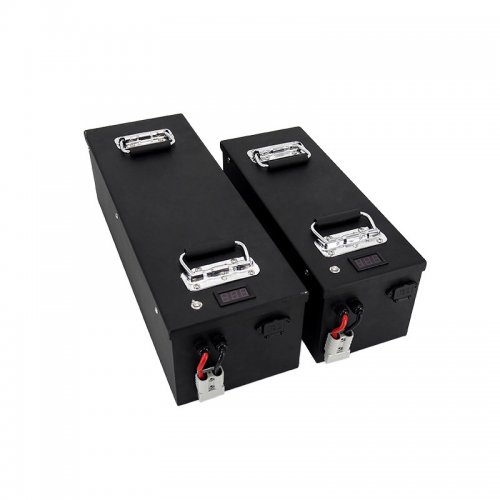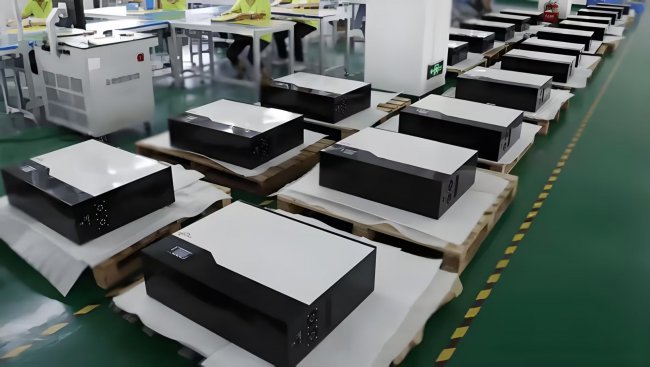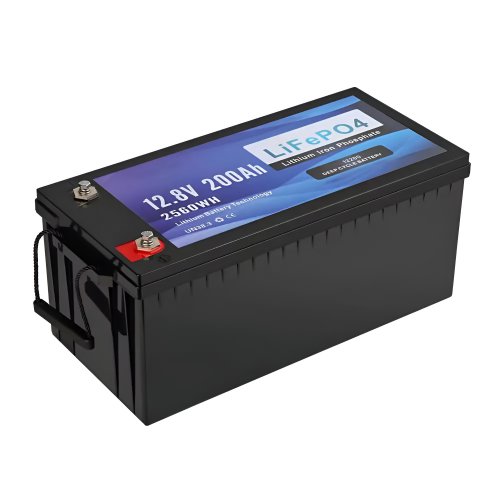Advances In Carbon Coating: From Enhanced Electrodes To Next-generation Devices
The application of carbon coatings, a seemingly simple concept of enveloping material surfaces with a layer of carbonaceous material, has evolved into a cornerstone of modern materials science and engineering. Far from being a monolithic technique, carbon coating encompasses a diverse family of materials—from amorphous carbon and graphite to graphene and carbon nanotubes—applied through various methods to confer a suite of desirable properties. Recent years have witnessed remarkable progress in this field, driven by the relentless demand for higher performance in energy storage, conversion, and beyond, pushing the boundaries of synthesis precision, multifunctionality, and application scope.
Recent Breakthroughs in Synthesis and Performance Enhancement
A significant trend in recent research is the move away from conventional, bulk-coating methods like simple pyrolysis towards more controlled and sophisticated techniques. Chemical Vapor Deposition (CVD) has been refined to achieve conformal, ultrathin (sub-10 nm), and highly graphitic coatings on even the most complex nanostructures. For instance, the direct CVD growth of graphene layers on silicon nanoparticles for lithium-ion battery anodes has demonstrated exceptional capability in mitigating the massive volume expansion of silicon during cycling. This graphene cage acts not only as a mechanical buffer but also as a highly conductive electronic pathway, ensuring structural integrity and fast reaction kinetics. Studies have shown that such anodes can retain capacities above 2000 mAh g⁻¹ after hundreds of cycles, a feat unattainable with uncoated silicon (Li et al.,Advanced Materials, 2023).
Simultaneously, low-temperature, solution-based processes are gaining traction for their scalability and compatibility with temperature-sensitive materials. The use of dopamine and other bio-inspired molecules that self-polymerize into a polydopamine layer, which can be subsequently carbonized, has enabled uniform carbon coating on a vast range of substrates, from metal oxides to sulfides. A notable breakthrough involves the coating of high-nickel layered oxide cathodes (e.g., LiNi₀.₈Mn₀.₁Co₀.₁O₂ or NMC811). The carbon coating effectively suppresses interfacial side reactions with the electrolyte, reduces transition metal dissolution, and enhances electronic conductivity. This has led to a dramatic improvement in the cycle life and rate capability of these high-energy-density cathodes, a critical step towards longer-range electric vehicles (Zhang et al.,Nature Energy, 2022).
Beyond lithium-ion batteries, carbon coatings are revolutionizing other energy technologies. In lithium-sulfur (Li-S) batteries, the shuttling of soluble polysulfides is a major roadblock. Advanced carbon coatings on separators, often derived from graphene oxide or porous carbon networks, act as a selective barrier that traps polysulfides while allowing lithium-ion transport. Furthermore, the design of multifunctional coatings is emerging. For example, coating silicon anodes with a nitrogen-doped carbon layer not only provides conductivity but also introduces polar sites that facilitate a more stable Solid-Electrolyte Interphase (SEI), further enhancing cycling stability (Chen et al.,ACS Nano, 2023).
Technological Innovations and Novel Applications
The innovation in carbon coating is not limited to the chemistry but extends to its structure and functionality. The concept of "coating" is being redefined from a simple shell to an engineered interface. One of the most promising developments is the creation of Janus-like or gradient coatings, where the composition and properties of the carbon layer vary from the inner to the outer surface. An inner dense, graphitic layer ensures good electrical contact, while an outer porous, amorphous layer facilitates electrolyte infiltration and ion transport. This level of architectural control, often achieved through multi-step CVD or co-pyrolysis, maximizes the benefits of the coating for specific electrochemical reactions.
Another frontier is the integration of carbon coatings with single-atom catalysts (SACs). Here, the carbon layer is not merely a protective or conductive shell but a designed host for anchoring isolated metal atoms (e.g., Fe, Co, Ni). The graphitic nitrogen defects in a nitrogen-doped carbon coating are particularly effective at stabilizing these single atoms. This approach has yielded highly active and durable non-precious metal catalysts for the oxygen reduction reaction (ORR) in fuel cells and metal-air batteries, challenging the dominance of platinum-based catalysts (Wang et al.,Science, 2023).
The application scope is also expanding beyond traditional energy storage. In the field of catalysis, carbon-coated metal nanoparticles exhibit superior sintering resistance and stability in harsh reaction environments, such as in high-temperature Fischer-Tropsch synthesis or electrocatalytic water splitting. For biomedical devices, ultrathin, biocompatible carbon coatings on implants like stents or bone scaffolds can prevent corrosion, reduce inflammatory responses, and improve integration with biological tissues.
Future Outlook and Challenges
The trajectory of carbon coating research points towards an era of unprecedented precision and intelligence. Several key directions will shape its future:
1. Atomic-Level Precision and In-Situ Characterization: The ultimate goal is to achieve coatings with atomic-level control over thickness, crystallinity, and doping. This will be coupled with advancedin-situandoperandocharacterization techniques, such as environmental transmission electron microscopy and X-ray photoelectron spectroscopy, to observe the dynamic evolution of the coating interface during operation. This deep understanding will enable the rational design of next-generation coatings.
2. Multifunctional and Smart Coatings: Future coatings will be designed to perform multiple tasks simultaneously. Imagine a coating that not only conducts electrons but also senses mechanical strain, releases healing agents upon crack formation, or selectively transports specific ions. The integration of stimuli-responsive polymers or self-healing mechanisms within the carbon matrix is a fascinating prospect.
3. Sustainability and Scalability: As the scale of production grows, the environmental impact of coating processes must be addressed. Research will focus on developing greener carbon precursors (e.g., from biomass), lowering synthesis temperatures, and minimizing energy consumption. The challenge is to translate lab-scale breakthroughs into cost-effective, large-scale manufacturing processes without compromising performance.
4. Exploration in Emerging Fields: Carbon coatings hold immense potential for nascent technologies like solid-state batteries, where they could stabilize the interface between solid electrolytes and electrode materials, and for sodium-ion and potassium-ion batteries, where they can address the challenges of larger ion sizes and slower kinetics.
In conclusion, carbon coating has matured from a simple performance-enhancing trick into a sophisticated discipline central to advanced materials design. The recent progress in synthesis control, multifunctional design, and application diversification underscores its transformative potential. As researchers continue to unravel the complexities of the carbon-electrode interface and develop tools to engineer it with atomic precision, carbon coatings will undoubtedly remain a vital enabler for the high-performance, sustainable technologies of tomorrow.
Customized/OEM/ODM Service
HomSolar Supports Lifepo4 battery pack customization/OEM/ODM service, welcome to contact us and tell us your needs.


HomSolar: Your One-stop LiFePO4 Battery Pack & ESS Solution Manufacturer
Our line of LiFePO4 (LFP) batteries offer a solution to demanding applications that require a lighter weight, longer life, and higher capacity battery. Features include advanced battery management systems (BMS), Bluetooth® communication and active intelligent monitoring.

Customised Lithium Iron Phosphate Battery Casing
ABS plastic housing, aluminium housing, stainless steel housing and iron housing are available, and can also be designed and customised according to your needs.

HomSolar Smart BMS
Intelligent Battery Management System for HomSolar Energy Storage System. Bluetooth, temperature sensor, LCD display, CAN interface, UART interface also available.


Terminals & Plugs Can Be Customized
A wide range of terminals and plugs can be customised to suit the application needs of your battery products.

Well-designed Solutions for Energy Storage Systems
We will design the perfect energy storage system solution according to your needs, so that you can easily solve the specific industry applications of battery products.



About Our Battery Cells
Our energy storage system products use brand new grade A LiFePO4 cells with a battery lifespan of more than 4,000 charge/discharge cycles.



Applications in Different Industries
We supply customized & OEM battery pack, assemble cells with wiring, fuse and plastic cover, all the cell wires connected to PCB plug or built BMS.
Applications: E-bike, Electric Scooter, Golf Carts, RV, Electric Wheelchair, Electric Tools, Robot Cleaner, Robot Sweeper, Solar Energy Storage System, Emergency Light, Solar Power Light, Medical Equipment, UPS Backup Power Supply.
We can provide you with customized services. We have the ability to provide a vertical supply chain, from single cells to pack/module and to a complete power solution with BMS, etc.


HomSolar (Shenzhen) Technology Co., Ltd











